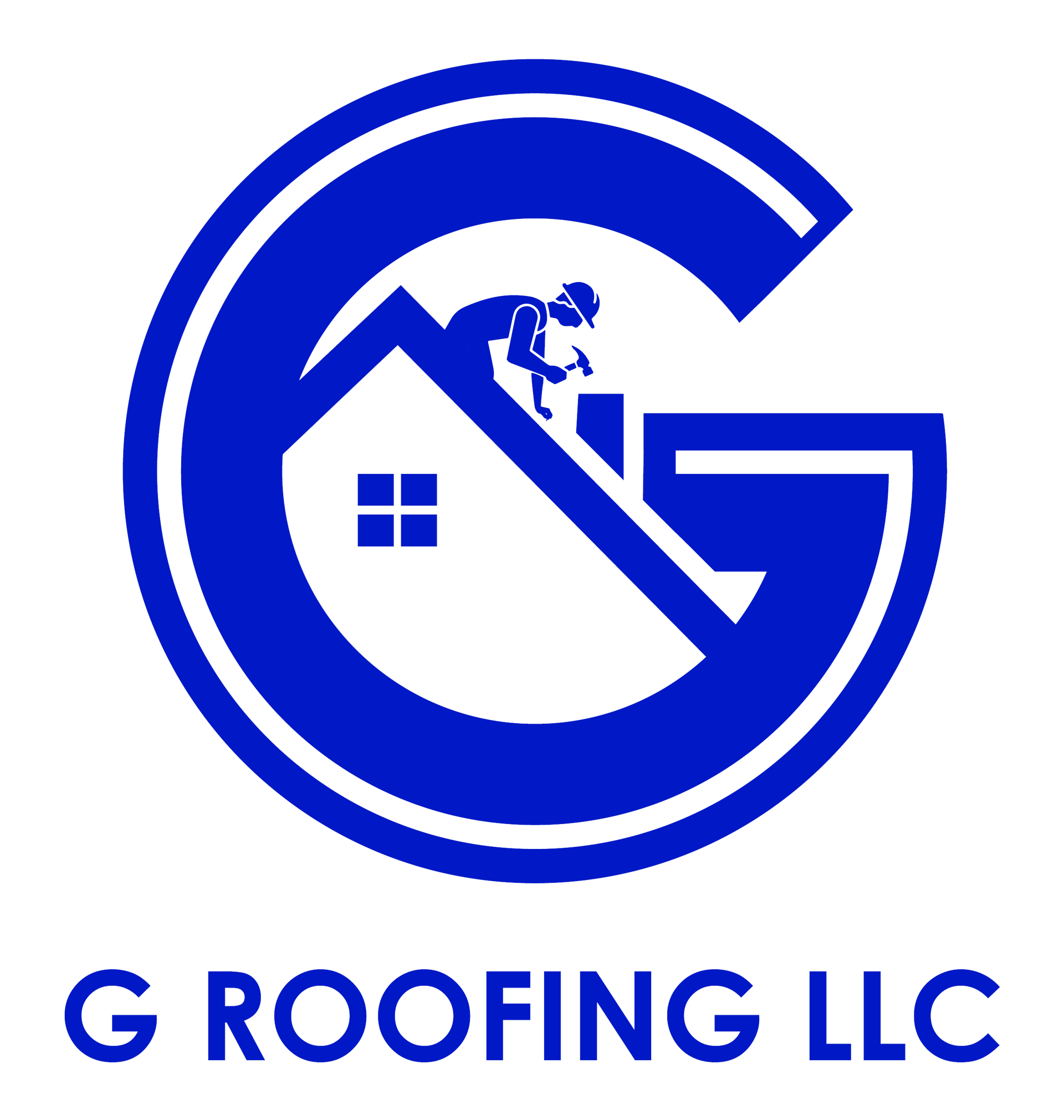How to Spot and Repair Roof Leaks Before They Get Worse
The Importance of Early Roof Leak Detection
When it comes to your home or commercial building, the roof is your first line of defense against the elements. A minor roof leak may seem harmless at first, but if ignored, it can lead to major structural damage, mold growth, and costly repairs. Identifying and fixing roof leaks early can save homeowners and property managers time, money, and stress.
Common Signs That Indicate a Roof Leak
Roof leaks often start subtly, and spotting them early is key. Here are some of the most common warning signs:
Water Stains on Ceilings or Walls
Water stains are often brown, yellow, or copper-toned discolorations that appear on drywall ceilings or walls. These are typically the first visible indication of a roof leak, signaling that water has already made its way inside.
Mold or Mildew Growth
If you notice musty odors or visible mold growth on ceilings or in the attic, it may be due to water seeping in from the roof. Mold thrives in moist environments and can spread rapidly.
Dripping or Pooled Water
During or after a rainstorm, check your attic for dripping water or pooling near roof joists. Any standing water is a clear sign of a breach in your roofing system.
Missing, Cracked, or Curled Shingles
From the outside, damaged or displaced shingles expose your roof to water intrusion. Shingles that are cracked, curling at the edges, or missing entirely are a strong indication that repairs are needed.
Causes of Roof Leaks
Understanding what causes leaks can help prevent them in the first place. Here are some of the most common culprits:
Damaged Flashing
Flashing is the metal used to seal joints around chimneys, skylights, and vents. If the flashing becomes corroded, cracked, or dislodged, it creates an easy path for water to enter.
Clogged Gutters
Gutters are designed to channel rainwater off your roof and away from the foundation. When they're clogged with debris, water backs up and can seep under roofing materials.
Aging Roofing Materials
Over time, roofing materials degrade due to sun exposure, wind, and other weather elements. As materials age, their effectiveness at shedding water diminishes.
Poor Installation
A roof is only as good as the workmanship that installed it. Poor installation can lead to improperly sealed joints, insufficient underlayment, and uneven shingles—making leaks inevitable.
How to Inspect Your Roof for Leaks
If you suspect a leak, start with a basic inspection:
Visual Interior Inspection
Begin by examining ceilings, walls, and attics. Use a flashlight to look for dark spots, water stains, or mold. Check the insulation as well—it often traps moisture and reveals leak locations.
Exterior Roof Inspection
When safe to do so, visually inspect the roof from the ground or with binoculars. Look for missing or damaged shingles, flashing, and debris accumulation. Avoid walking on the roof unless you're experienced.
Professional Roof Inspection
Hiring a professional roofing contractor ensures a thorough diagnosis. Professionals use infrared cameras, moisture meters, and trained eyes to detect leaks that may be invisible to untrained homeowners.
Repairing a Roof Leak
Once you've confirmed a leak, it's important to act quickly.
Temporary DIY Fixes
- Roofing Tape or Sealant: Ideal for patching small cracks or holes.
- Tarping: Cover the damaged area with a waterproof tarp until professional repairs can be made.
- Replacing Shingles: If comfortable, homeowners can replace a missing or damaged shingle using roofing nails and adhesive.
Note: DIY repairs are temporary solutions and should never replace a full professional evaluation.
Professional Repairs
Roofing professionals can:
- Replace damaged shingles or flashing
- Re-seal chimneys, skylights, and vents
- Address underlying issues like poor ventilation or insulation
- Perform a complete roof restoration if necessary
Preventive Measures to Avoid Future Leaks
The best roof leak repair is prevention. Here’s how you can protect your investment:
Regular Roof Maintenance
Schedule annual inspections, especially before and after storm seasons. Proactive maintenance helps catch problems early.
Clean Gutters and Downspouts
Ensure that gutters are free of leaves, branches, and debris to prevent water buildup.
Trim Overhanging Branches
Nearby tree limbs can damage shingles and deposit debris. Keep them trimmed to reduce risk.
Install Quality Roofing Materials
Invest in high-quality shingles, flashing, and underlayment. It may cost more upfront but offers better protection and longer life.
Work With a Trusted Roofing Contractor
Build a relationship with a licensed and insured roofing professional like G Roofing, who can provide inspections, maintenance, and timely repairs.
Contact G Roofing to Repair Your Roof Leak
Roof leaks may start small, but they never stay that way. Spotting the signs early and knowing how to respond can make the difference between a simple fix and a major renovation. Whether you’re dealing with a drip or a deluge, G Roofing is here to help you protect your property with expert inspections, reliable repairs, and preventive care.
Need help with a roof leak? Contact G Roofing today for a free inspection and let our experts take the worry off your shoulders.
